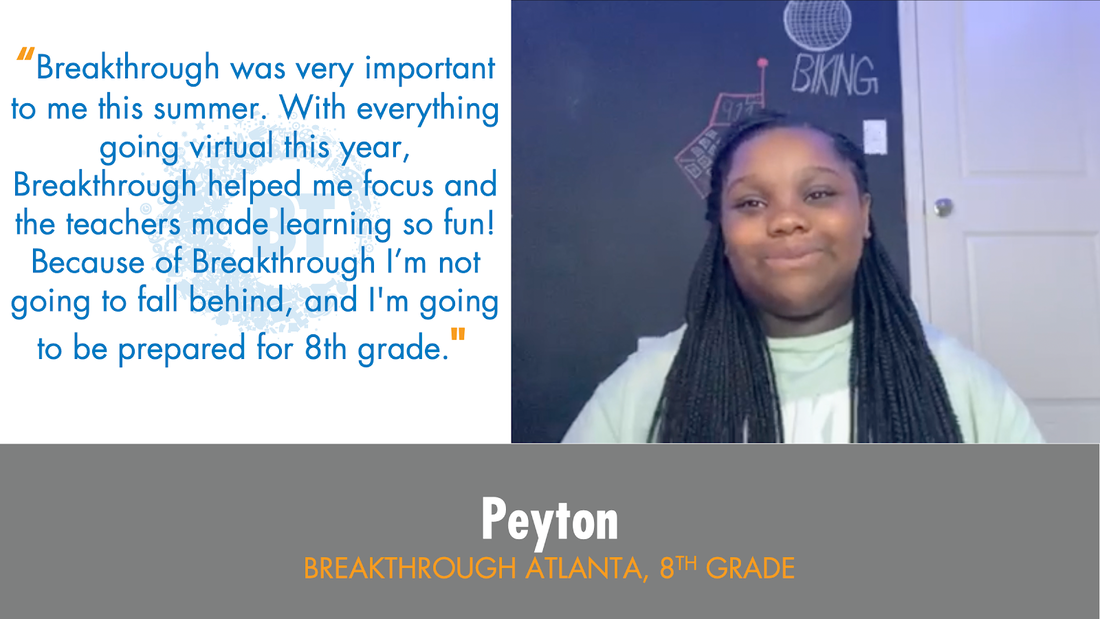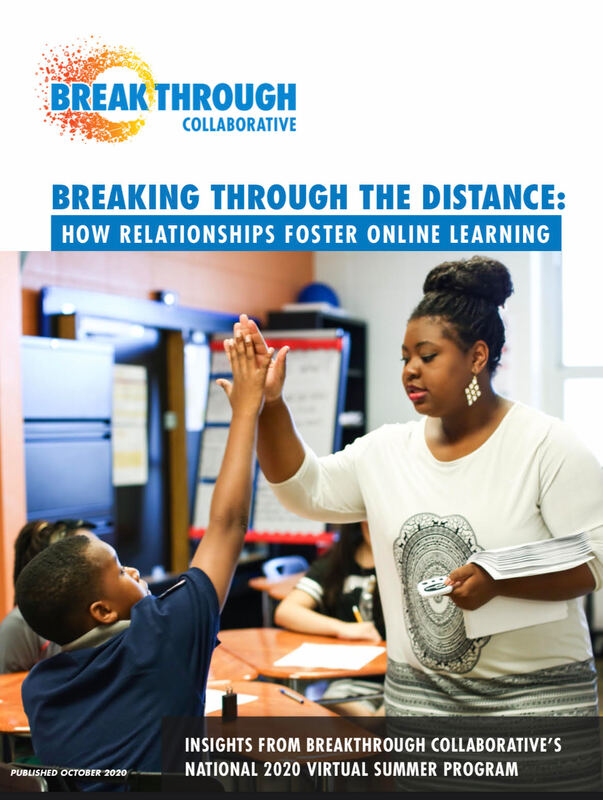 Alex Serna & Jee Deogracias When you walk into the middle school summer program for any of Breakthrough Collaborative's 24 affiliate sites across the country, whether in Miami or Sacramento, you immediately recognize something unique and special. In San Juan Capistrano, if you walk into Sillers Hall, where students and staff gather to eat, you'll be taken aback by 136 students cheering and chanting in unison (let's be honest, these are middle school students who in their natural environment aren't the most inclined to want to do cheers). It is quite a sight. That energy and community never falters throughout the six-week summer program, which aims to reverse the summer learning slide, prepares our students for college, and builds community. In addition to supporting highly motivated, traditionally underrepresented students, Breakthrough also empowers and trains college-aged students (referred to as “teaching fellows”) to become the next generation of educators and advocates. Going into our 2020 summer program amidst the Covid-19 pandemic, affiliates were forced to find alternatives to in-person programming. The situation left Breakthrough leadership with a huge challenge: how do we recreate the energy, spirit, and community of a 40-year-old, in-person program to a virtual setting? Like many others who embarked on online learning for the first time this past spring, we were initially apprehensive. Several critical questions were looming which would determine the program’s outcome: Will students show up? Will they show up consistently? Will they have technology tools at home to participate? Will we prepare students for the fall and beyond? Will teaching fellows feel impacted by the experience? These concerns were especially salient considering local and national reporting and research that indicated low student attendance rates and engagement, especially among historically underrepresented students, when school districts switched to remote learning in the spring. With agility, fortitude, and positive spirits, Breakthrough staff across the country not only reimagined core components of a traditional Breakthrough summer but also developed creative alternatives to best meet the needs of both students and teachers. While the summer wasn't without its challenges, we found many examples and lessons learned to celebrate and share. Our newest white paper, "Breaking Through the Distance: How Relationships Foster Online Learning," summarizes our key learnings as six strategies that educators and others can use to best position their students for success during virtual learning. We share our strategies below: Strategy 1: Believe that online learning is possible.
In reflecting on summer 2020, it was somewhat surprising to discover how powerful the relationships were by the end of the virtual summer, but also exciting to know that the essential elements of a Breakthrough program are still as powerful online as it is in person. As one student remarked, "Despite having a different environment this year, every class still had a sense of community." In many respects, we were able to re-create the energy and community reminiscent of Sillers Hall virtually. The Collaborative’s successes are evidenced in the data; by the end of the summer:
Alex Serna, M.Ed is the Executive Director at Breakthrough San Juan Capistrano. He can be reached via email (alex.serna@smes.org) and LinkedIn (https://www.linkedin.com/in/alexserna1/). Jee Deogracias, Ph.D. is the Director of Research and Evaluation at Breakthrough Collaborative. She can be reached via email (jdeogracias@breakthroughcollaborative.org) and LinkedIn (https://www.linkedin.com/in/jee-deogracias). Read the full Breakthrough Collaborative white paper at this link: https://www.breakthroughcollaborative.org/white-paper/
0 Comments
Your comment will be posted after it is approved.
Leave a Reply. |
Want to write for us?Send us an email with your ideas to olrc.uci.edu Archives
February 2021
Categories |
